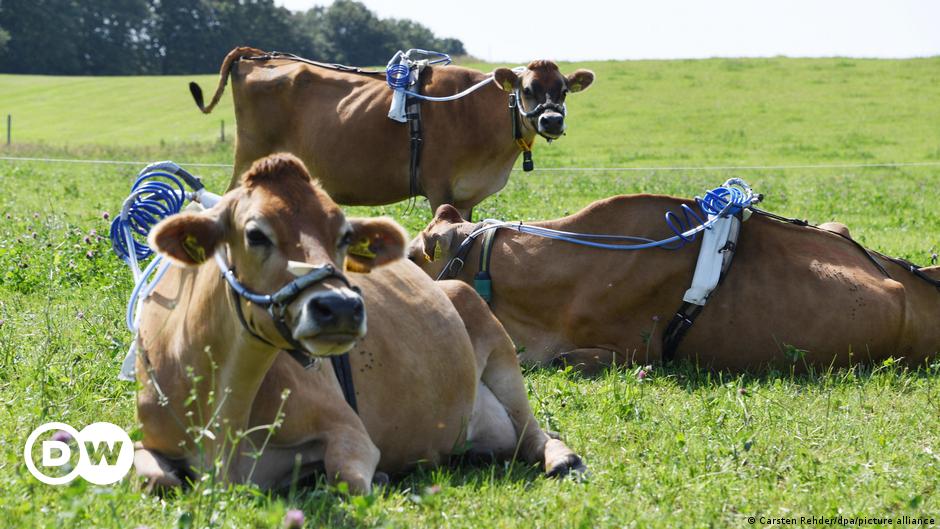The methane emissions reduction initiative was launched by the European Union and the United States. At the World Climate Conference in Glasgow, Scotland, the initiators announced that nearly 100 countries had joined the initiative. These countries represent 70 percent of the global economy. In addition to Germany, there will also be France, Canada, Israel and Japan. However, countries such as India, China and Russia are not on the list, which are among the top five methane exporters.
Methane is the second most harmful greenhouse gas and is responsible for global warming and air pollution. The initiative, launched in September, aims to reduce methane emissions by at least 30 percent by 2030 compared to 2020. If implemented successfully, global warming could be reduced by about 0.2 degrees by 2050, according to the European Union Commission.
“Reducing methane emissions is one of the most effective things we can do,” European Commission President Ursula von der Leyen said in Glasgow. Presented the agreement with US President Joe Biden. The emission of methane gas into the atmosphere contributes significantly to global warming.
US President Biden spoke of a “pioneering commitment.” In Glasgow, he said, it was likely he had even exceeded the 30 per cent target. Biden also presented a national action plan to reduce methane emissions in the United States. Among other things, methane emissions from oil and gas wells, pipelines and landfills will be significantly reduced.
Advantage: Atmospheric methane decomposes within a few years
Methane has a much stronger greenhouse effect than carbon dioxide (CO2). However, methane is only the second most important greenhouse gas, being broken down in the atmosphere within a few years, thus much faster than carbon dioxide. So scientists also argue that measures to reduce methane will be very effective in the short term.
On the other hand, humans release methane gas stored in the ground when they break down fossil fuels, for example through leaks in pipelines and gas systems. Odorless and colorless gas is also produced in wastewater treatment plants and landfills. The second major source is factory farming. Cows, sheep, and goats, as ruminants, produce large amounts of methane in their stomachs during digestion.
Experts warn that if methane emissions continue to rise, the goals of the Paris Climate Agreement will not be met. According to statistics from the Intergovernmental Panel on Climate Change (IPCC) cited by the European Union Commission, methane is responsible for half of the previous global warming of about 1 degree Celsius compared to pre-industrial times.
qu/uh (dpa, afp, rtr)

“Tv expert. Hardcore creator. Extreme music fan. Lifelong twitter geek. Certified travel enthusiast. Baconaholic. Pop culture nerd. Reader. Freelance student.”







More Stories
“The kind of stone we were hoping to find.”
The closest supernova to Earth in years produced a surprisingly small amount of gamma radiation
What to do if your period suddenly stops?